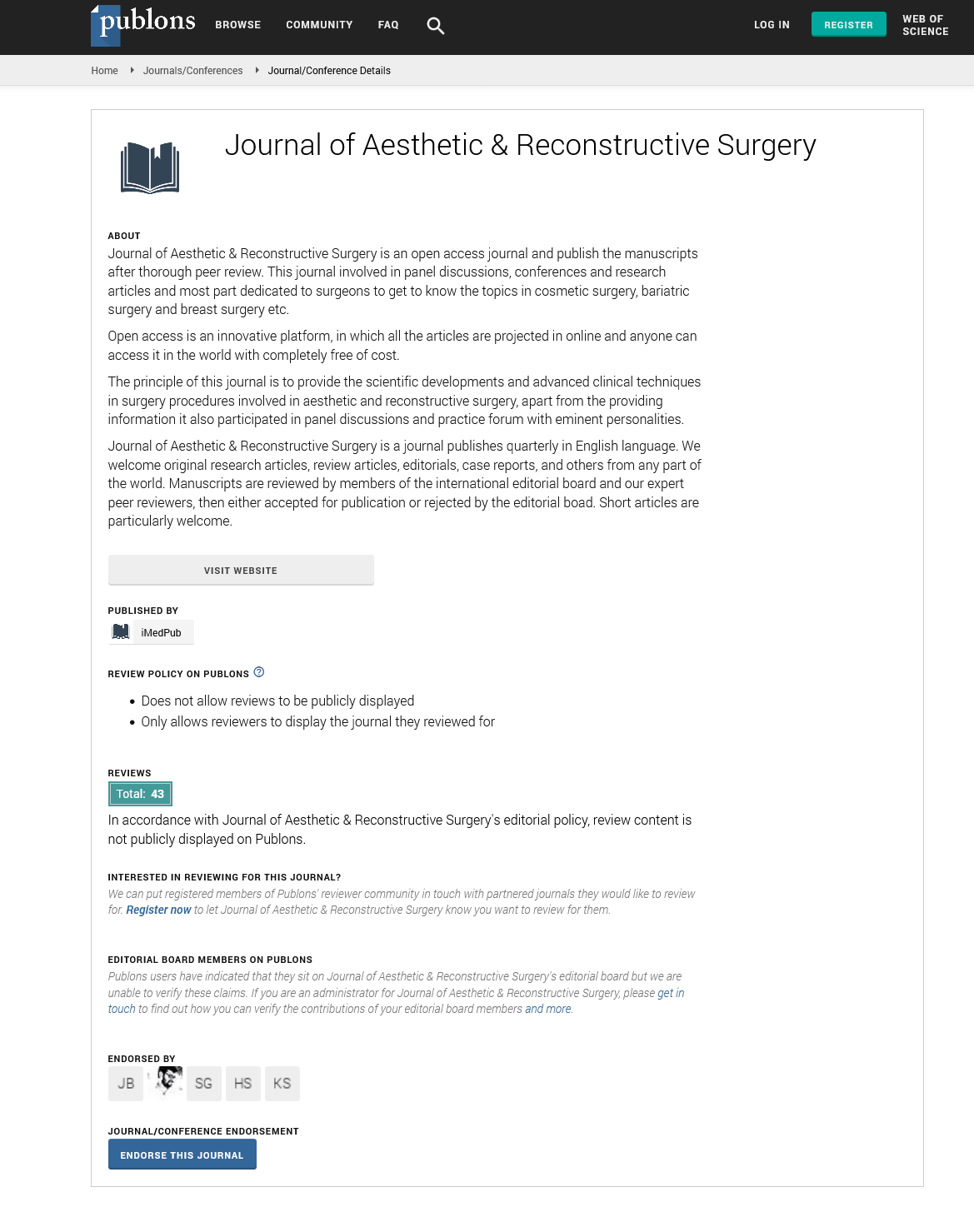Abstract
First Application of an Absorbable Skin Stapler in Peripheral Vascular Surgical Procedures
Abstract Objective: Appropriate skin closure is essential and several techniques are available such as dermal sutures and metal staples. Absorbable staples have promising qualities. Our aim was to lower the surgical site infection (SSI) rate with the use of subcuticular absorbable skin (Insorb™) staples.
Design and Patients: A long-term (IDEAL) phase 4 historical comparative effectiveness trial was performed during a 2-year period from December 2012 to December 2014 in patients undergoing an infra-inguinal femoro-popliteal bypass operation. We compared closure of the skin by means of absorbable stapler with a cohort of patients treated with intracutaneous sutures. Primary outcome: number of SSI’s. Secondary outcome: other complications, duration of surgery and hospital length of stay.
Main Results: 44 patients were enrolled in the study; 6 patients underwent skin closure with the absorbable staples. 4 of them had an SSI. Of 38 patients treated with intracutaneous sutures 7 had an SSI (risk difference: 0.48, 95% CI 0.09-0.88). Duration of surgery (p= 0.84) and length of stay (p= 0.15) were similar.
Conclusion: Due to a large proportion of SSI’s in the absorbable stapler group the use of these subcuticular staples was discontinued in our facility. We consider the absorbable staples not strong enough for wound closure in peripheral vascular surgery.
Author(s):
Vierhout BP, de Korte JD, De Vos B, Bottema JT, Zeebregts CJ
Abstract | Full-Text | PDF
Share this

Google scholar citation report
Citations : 130
Journal of Aesthetic & Reconstructive Surgery received 130 citations as per google scholar report
Journal of Aesthetic & Reconstructive Surgery peer review process verified at publons
Abstracted/Indexed in
- Google Scholar
- China National Knowledge Infrastructure (CNKI)
- Directory of Research Journal Indexing (DRJI)
- WorldCat
- Publons
- Geneva Foundation for Medical Education and Research
- Secret Search Engine Labs
- Euro Pub
Open Access Journals
- Aquaculture & Veterinary Science
- Chemistry & Chemical Sciences
- Clinical Sciences
- Engineering
- General Science
- Genetics & Molecular Biology
- Health Care & Nursing
- Immunology & Microbiology
- Materials Science
- Mathematics & Physics
- Medical Sciences
- Neurology & Psychiatry
- Oncology & Cancer Science
- Pharmaceutical Sciences


